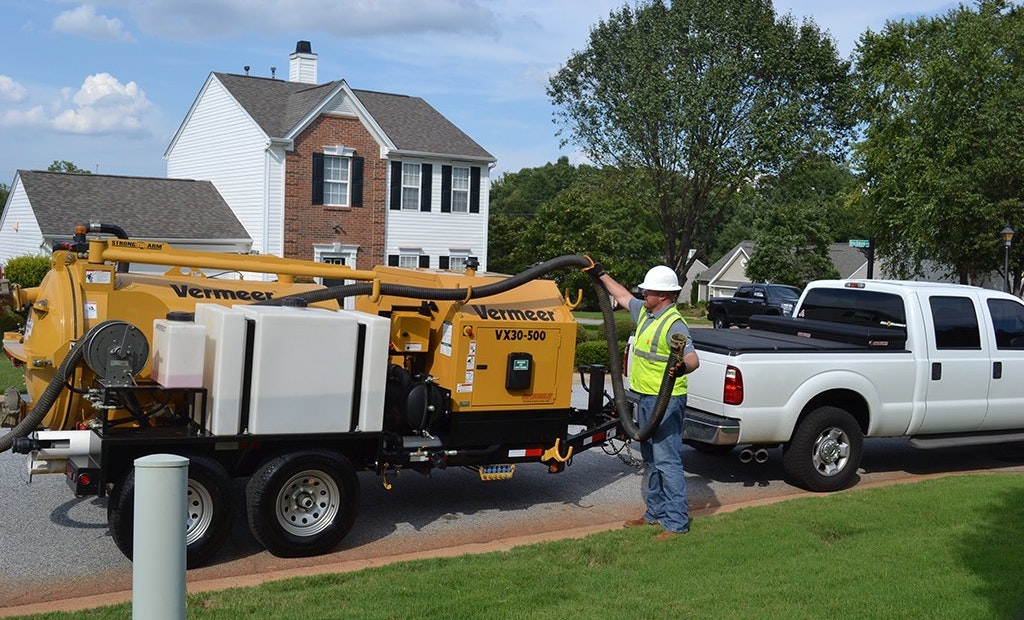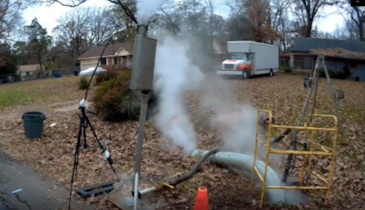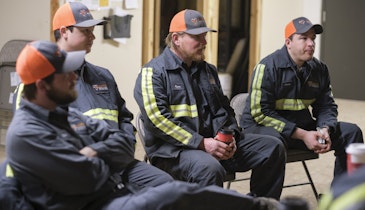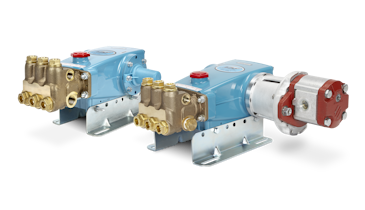Interested in Vacuum Excavation?
Get Vacuum Excavation articles, news and videos right in your inbox! Sign up now.
Vacuum Excavation + Get AlertsVacuum excavating is growing in popularity not only out of necessity but also viability. The ability to quickly and effectively remove dirt and debris from an urban area has enhanced the demand and role of vacuum excavators. However, before setting out into the streets, contractors should compare the selection, safety and maintenance of each excavator to ensure a successful job.
Step 1: Select your method
In today’s vacuum excavator market, there are two predominant methods. Hydroexcavating uses water to excavate the hole, and is particularly useful in fragmented soils or heavy clay conditions. Hydroexcavating is very useful in congested or urban areas, as it limits the amount of particulate material in the air.
Even with the numerous benefits that have been shown in hydroexcavating, many contractors are selecting air excavating. Air excavation is typically more successful in sandy, dry or granular soils. Since dry spoils can often be reused, air excavation is a highly productive and cost-effective method under the right conditions.
Step 2: Determine your tank size
Determining the correct size of vacuum excavator is just as important as the excavation method. Excavator selection can often be predicated on tank and blower capacity, which can help determine hose size and overall machine productivity. Most vacuum excavators tend to feature tanks between 500 and 800 gallons; however, contractors engaged in fluid management will use rigs up to a 1,200-gallon capacity. For smaller projects, there are vacuum excavators available with 100- to 250-gallon capacities.
Step 3: Equip your operator with best practices
In addition to choosing the right vacuum excavator, it’s important to train whoever will be operating the machine in best practices that will make the process safer and more productive. Some of those include:
- Water pressure: When working around sensitive utilities, such as an aging cast-iron gas main, experienced operators should pay close attention to water pressure being used. Most manufacturers will set the pumps below 3,000 psi, with 2,200 to 2,800 psi being the most popular range. Many vacuum excavators have water pumps capable of achieving pressures up to 4,000 psi — but it is this high pressure that can lead to issues if the operator is not careful.
- Rotary nozzle: Make sure your operator is well-trained on proper use of the rotary nozzle. The nozzle is in an abusive environment and too often becomes the digging tool itself. If the nozzle becomes damaged, the high water pressure can increase the risk for utility damage.
- Suction hose: It’s also important to maintain the suction hose. The hose can get worn down over time and often sees more rapid wear than other components.
- Air filter: Daily job site checks should also be done on the air filter going from the tank to the blower. The filter should be free-flowing and free of dust.
- Spoil tank: Dumping the tank at the end of the day limits the chance of dirt and dust getting dry and solidifying inside.
For more information on the vacuum excavator products offered by Vermeer MV Solutions and for more industry tips, visit mclaughlinunderground.com.






